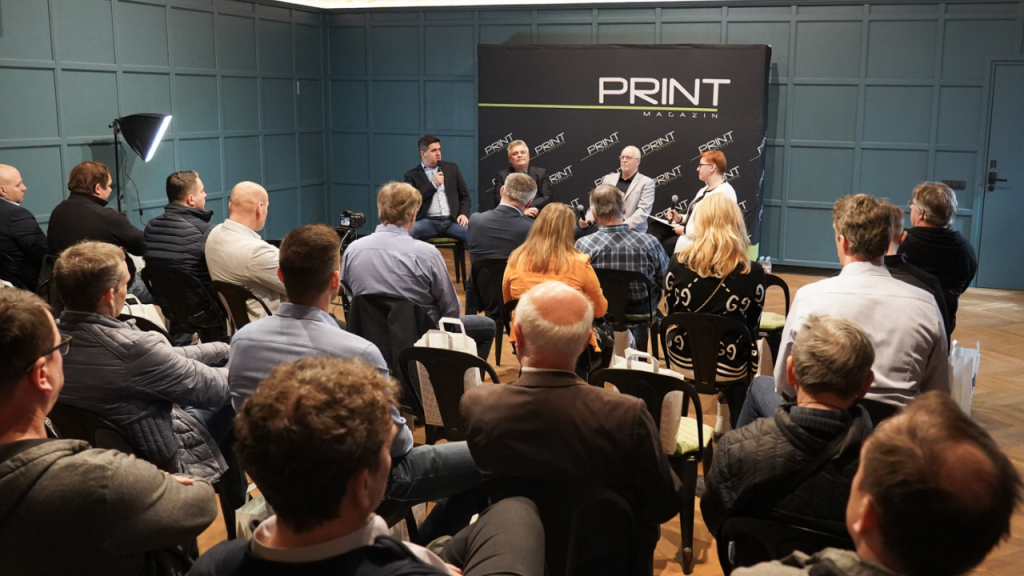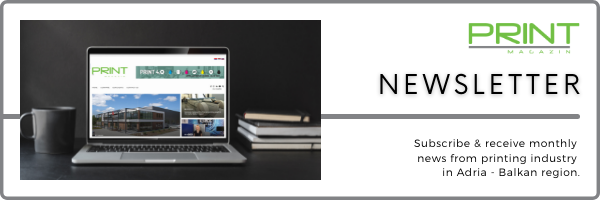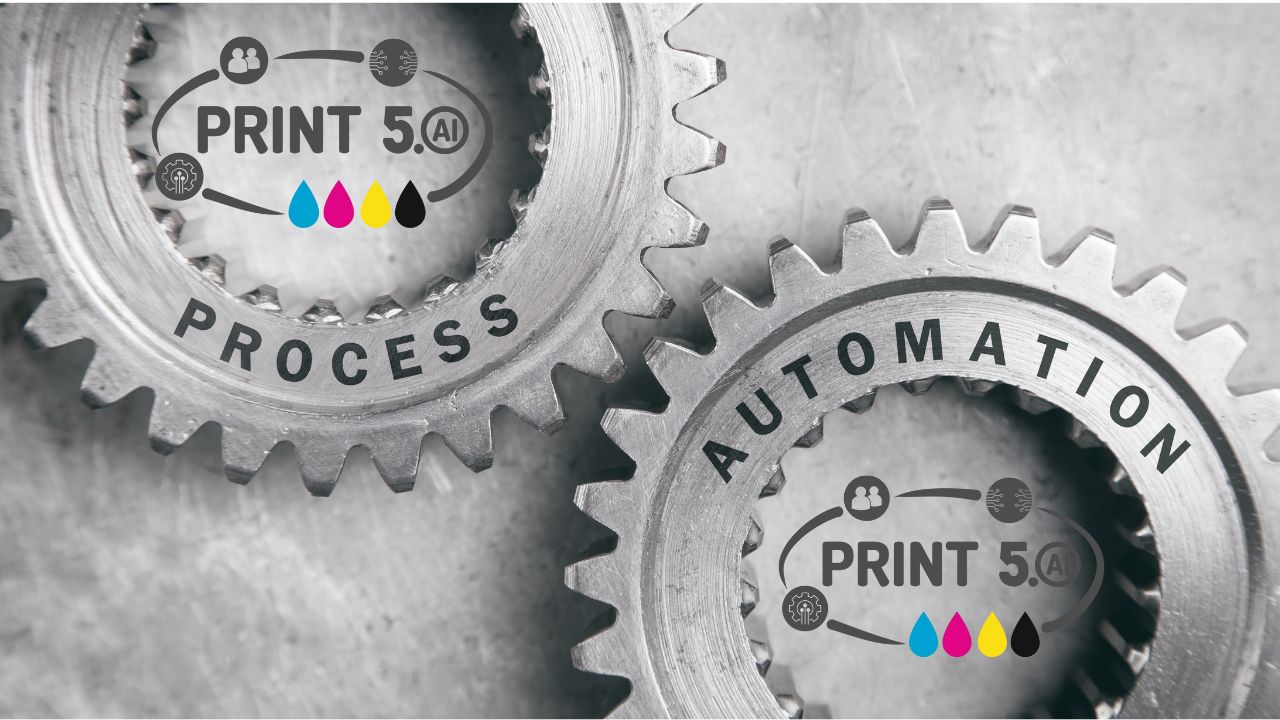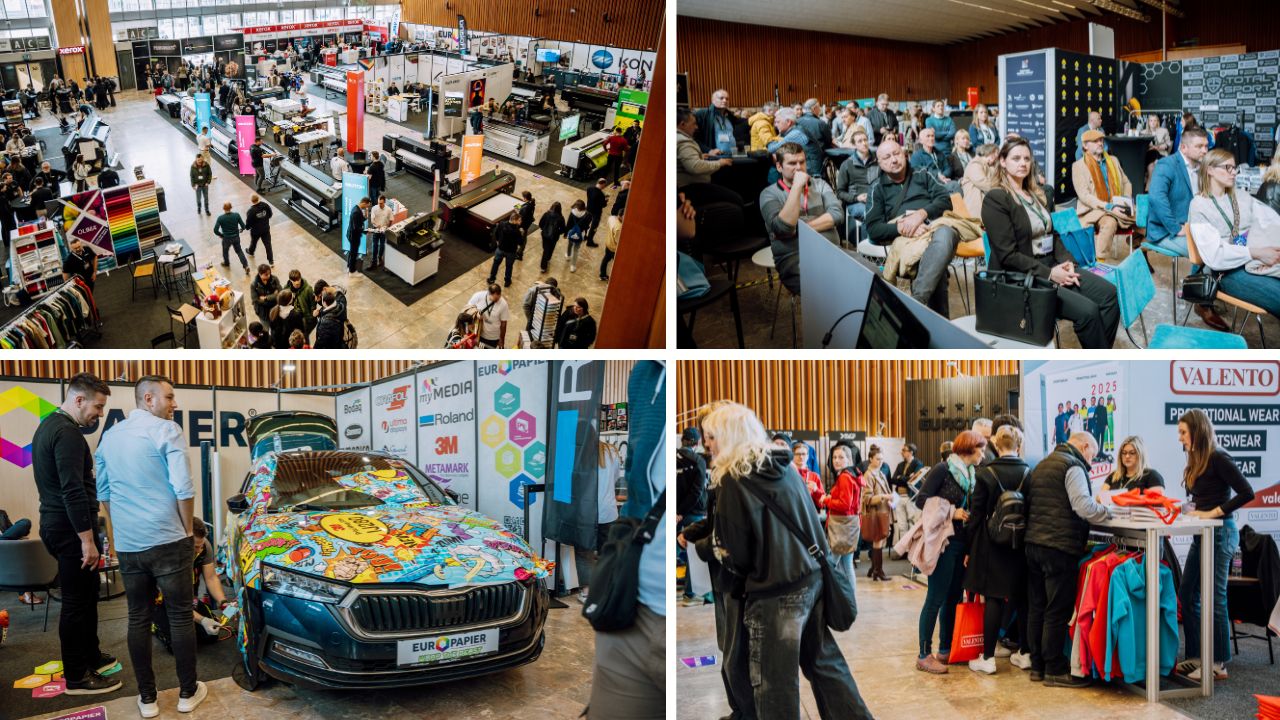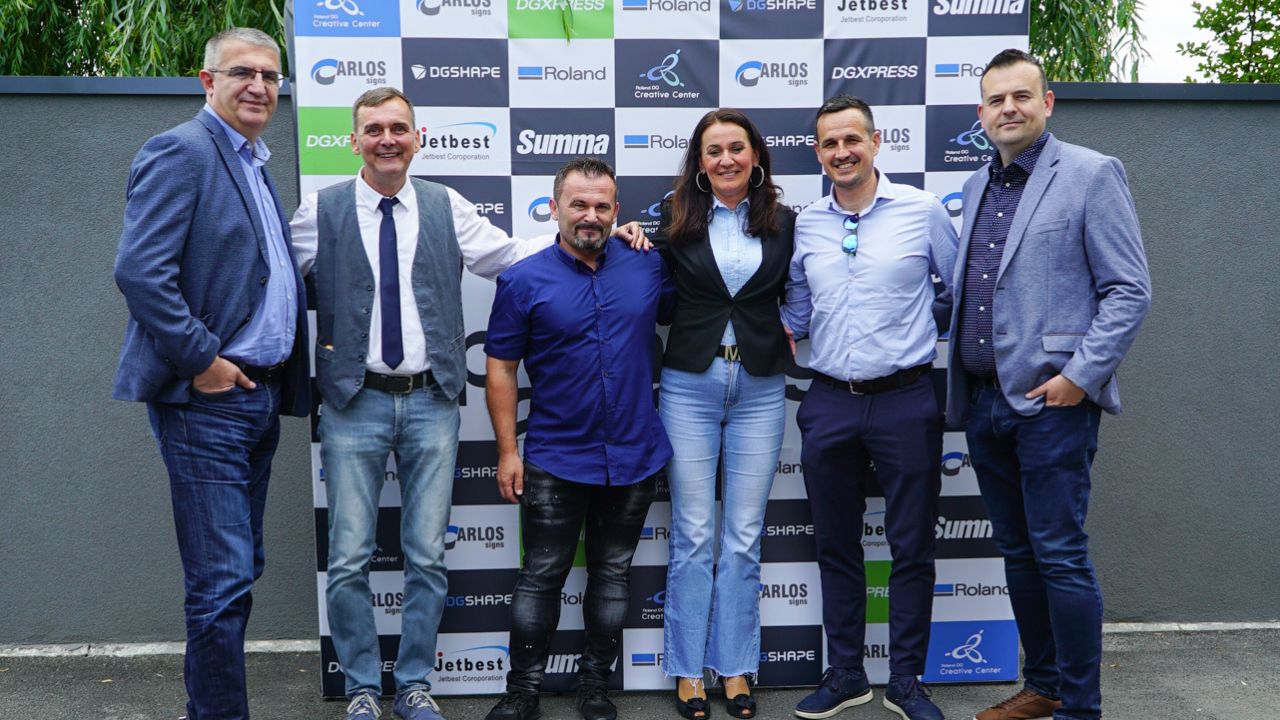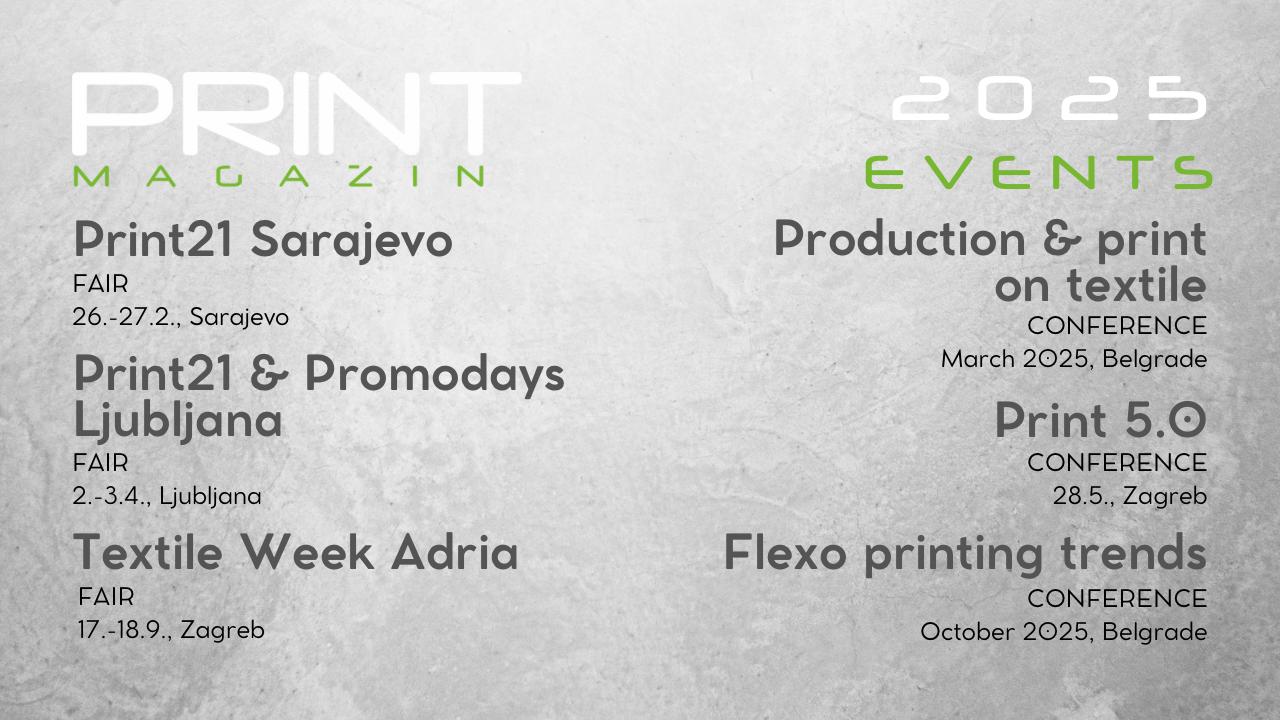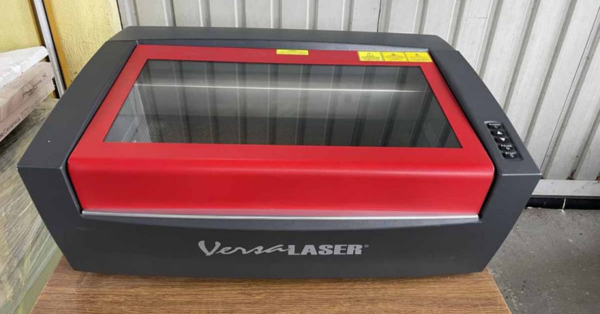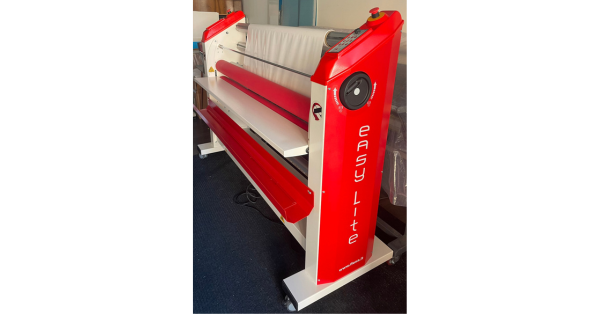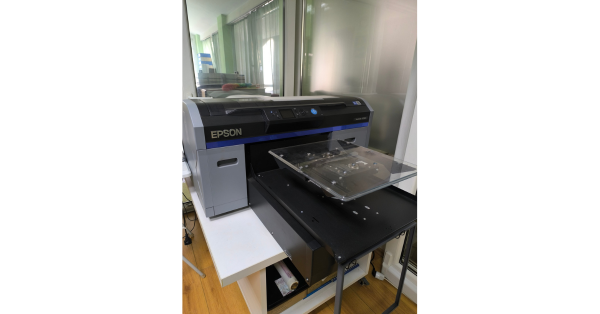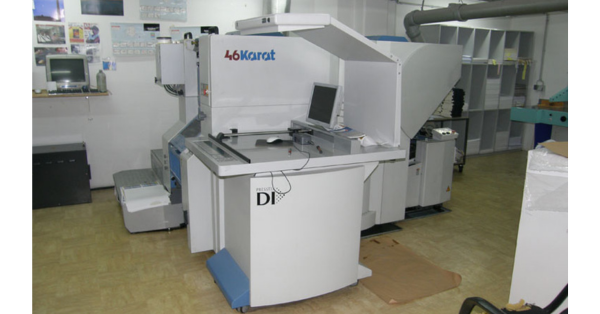The second panel workshop ahead to drupa, titled “Key Areas Driving the Industry,” took place on March 7th in Ljubljana. It demonstrated that there is indeed a need to discuss current topics in the industry, especially as technologies and solutions are developing rapidly. Obtaining key information at the right time and making the right decision based on it can sometimes be crucial for survival and further development.
Three current topics in the industry discussed were related to automation, packaging printing, and commercial printing.
AI is the future, and it’s time to jump on that train
Automation, or digital transformation, was presented by Matjaz Fortic from Xenon Forte, Branko Mihorko from Sistrade, and Admir Joldic from Xerox.
Regarding the acceptance of automation, all agreed that one can be satisfied with the situation on the Slovenian market. A significant contribution to this was made by European and other funds available for digitalization.
However, the focus of the entire discussion was largely on artificial intelligence (AI), which has brought some new winds. As they said, AI is the future, and it’s time to jump on that train. It’s something that has literally exploded in recent years and will be a long-term issue. Issue that every company, including printing houses, will have to accept. AI will soon enter printing houses in terms of offers, and then procurement, optimization, planning…
But for a printing house to truly use AI, everything will have to be connected through a single solution. Thus, a printing house must undergo complete digital transformation. And digital transformation is human, not software. These are processes that, first and foremost, must involve the company’s leadership. If the processes are well set up at the beginning, everything is simple later, even introducing a new person into the business. Because, as emphasized, the process of automation and Industry 5.0 is bringing people back into focus, who will, they say, once again have a much greater function.
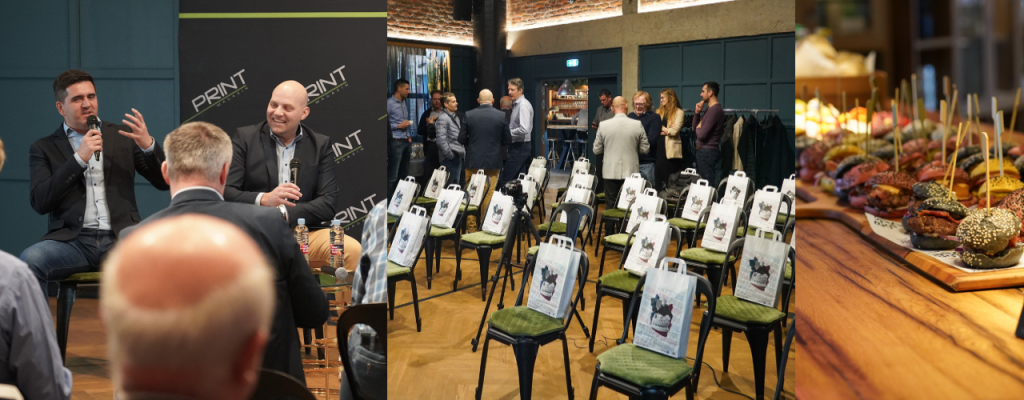
Synergy of offset and digital technologies
Packaging printing is also one of the areas that is continuously growing. The focus of the panel was on digital packaging printing. The topic was discussed by Klemen Bister from Bisson Grafik and Admir Joldic from Xerox.
At the very beginning, they reflected on how Slovenian packaging producers view digital packaging printing. They say it is still somewhat old-fashioned and skeptical, but they are aware of trends and potentials, especially in the area of short runs, short deadlines, and the production of mock-up products.
According to the speakers, they still lack the courage to, following the example of successful foreign PSP’s, complement their production with digital printing or to open completely new businesses focused exclusively on digital printing of small editions of packaging.
Although digital packaging printing still does not have solutions for million-unit editions, the data presented says that by 2030, 60% of all commercial printing revenue will come from packaging printing.
An inevitable question was also the comparison of digital vs. offset printing today. Digital solutions, they say, have come very close to offset in terms of quality and speed, with progress constantly visible. However, the goal is not for one technology to “take the bread out” from the other but to establish synergy. That will lead to optimal production methods. For this reason, we are witnessing more and more collaborations between manufacturers of offset and digital technologies. This is happening to optimize development costs. Solutions resulting from these collaborations are well-received, which is another confirmation of synergy.
Ink jet enters commercial printing
The last topic of the panel was commercial printing, which has undergone perhaps the greatest changes and turbulence in recent years.
Matjaz Fortic from Xenon Forte, Bojan Zupancic from Konica Minolta, and Admir Joldic from Xerox spoke about it.
As they emphasized, many of the changes that have occurred in this area are related to the pandemic. Until 2019, everything was great, they say, but with the advent of Covid, turbulence began. However, they say, the situation is slowly returning to normal.
What happened? The services that printing houses offer in this segment have improved, driven precisely by Covid. They started thinking about how to improve, how to offer something new, and clients have changed their view of digital commercial printing and realized a whole range of new possibilities, especially through value-added solutions. Times have changed, they say. Customers demand speed, quality, and innovation, which not everyone can deliver.
With all the turbulence that has occurred, there is another trend present in commercial printing that will also bring changes. It’s about the entry of ink jet technology into commercial printing. It was emphasized that this is a trend that is becoming increasingly present and a technology that has numerous advantages over laser. Productivity, quality, simplicity, ecological aspect, are just some of them. The lack is definitely the height of investment, but ink jet will, panelists agreed, surely find its place in the market, and it is already worth thinking in that direction.
We announce new panel for April 17 and 18 as part of the Print21 fair at the Zagreb Fair.






